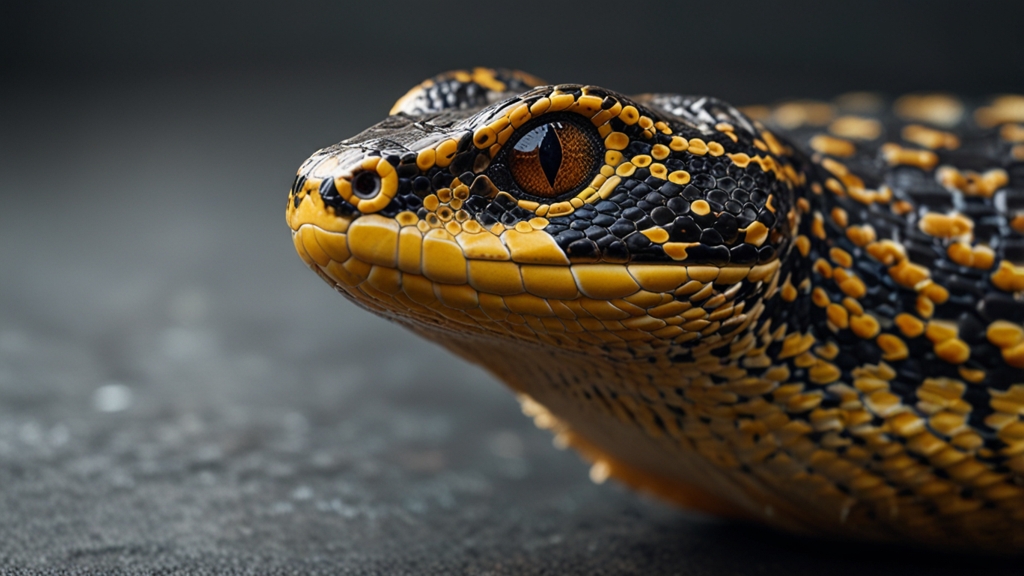The Power of Group Behavior: Why Animals Stick Together
In the vast tapestry of the animal kingdom, one can observe a fascinating array of behaviors. Among the most intriguing is the tendency of many species to form groups. From flocks of birds to schools of fish and packs of wolves, the phenomenon of group behavior is a testament to the power of unity in nature. But why do animals stick together? The answers are multifaceted, encompassing a range of benefits that enhance survival and success.
Protection Against Predators
One of the most significant advantages of group behavior is protection. When animals band together, they reduce the individual risk of predation. This concept, known as the "dilution effect," suggests that the probability of any single individual being caught by a predator decreases as the size of the group increases.
"In a school of fish, each fish has a lower chance of being targeted by a predator compared to a solitary fish swimming alone. The predators find it more challenging to single out and capture an individual in a large, moving group." - Marine Biologist Jane Richards
Additionally, many animals employ coordinated defense mechanisms. For instance, meerkats take turns acting as sentinels while others forage, alerting the group to potential dangers. Such vigilance and coordination can thwart attacks and give group members crucial time to react.
Enhanced Foraging Efficiency
Group behavior can also improve foraging efficiency. In eusocial insects like ants and bees, individuals work together to locate, harvest, and transport food. This collective effort ensures that resources are efficiently gathered and shared.
"By working together, ant colonies can exploit food sources that would be impossible for a single ant to manage. This division of labor and cooperation maximizes the chances of survival for the entire colony." - Entomologist Dr. Susan Wakefield
Similarly, wolves hunt in packs to take down larger prey that would be unattainable for a lone wolf. The coordinated chase and strategic positioning during a hunt demonstrate the incredible power of teamwork in securing sustenance.
Social Learning and Information Sharing
Living in groups facilitates social learning and the exchange of information. Young animals often learn crucial survival skills by observing and imitating older, more experienced group members. This type of learning accelerates the acquisition of knowledge and adaptive behaviors.
Birds, for example, have been observed to learn migratory routes from seasoned members of their flock. This transmission of knowledge across generations ensures that critical information is not lost and enhances the survival prospects of the group.
Reproduction and Raising Offspring
Group behavior also plays a crucial role in reproduction and rearing offspring. In species like elephants, the presence of a matriarch and other experienced females provides guidance and protection to the younger members. The communal effort in raising the young ensures that they receive adequate care and education, improving their chances of reaching maturity.
"The strong social bonds within elephant herds are essential for the survival of the calves. The collective experience and wisdom of the older elephants guide the younger ones, teaching them crucial survival skills." - Wildlife Researcher David Houghton
Conclusion
The power of group behavior in the animal kingdom is undeniable. From providing protection against predators to enhancing foraging efficiency, facilitating social learning, and assisting in reproduction and the rearing of offspring, the benefits of sticking together are vast. Observing these behaviors offers valuable insights into the importance of cooperation and social bonds, not just among animals, but also within human societies. Understanding why animals stick together not only enriches our knowledge of the natural world but also underscores the universal value of unity and collaboration.








